100 Viola Jokes for Orchestral Laughter
To make insecure violinists feel a bit better about themselves, we have viola jokes
Violists are amazing musicians and they can take good jokes
We all know the viola is a fantastic instrument, but hey, just have a good laugh with the hundred viola jokes in this article.
The viola, often overshadowed by its smaller cousin, the violin, is a remarkable instrument that holds a unique place in the world of classical music. It’s rich, warm tones provide a vital middle voice in string quartets and orchestras, bridging the gap between the higher-pitched violins and the deeper cellos. Despite its importance and the beautiful music you can play on it, the viola has become the butt of many jokes mainly made by violinists. Why is this the case?
Why So Many Viola Jokes?
The tradition of poking fun at violas and violists dates back centuries. Part of this stems from the instrument’s role in the orchestra, where it often plays inner harmonies rather than the more prominent melodies assigned to violins or cellos. Additionally, the historical development of viola music lagged behind that of the violin, contributing to a stereotype of violists as lesser musicians, which is wholly undeserved. In the classical era the viola parts were often more simple than violin parts and violinists occasionally played the viola. There weren’t much dedicated violists like we had later in the romantic era, when the viola parts became more demanding. These factors have all contributed to the rich tradition of viola jokes, which are shared with affectionate camaraderie among musicians.
The 100 Best Viola Jokes
- How can you make a violist play tremolo? Just write ‘solo’ above his part.
- How do you know the stage is level? The violists drool from both corners of the mouth.
- What’s the difference between a coffin and a viola case? A coffin has the dead body on the inside.
- What the advantage of the viola vs the violin? A viola can contain more beer.
- Viola for sale: never used above third position.
- String quartet looking for two violinists and a cellist.
- What happens if a robber turns out to be carrying a machine gun in a viola case? Everyone breathes a sigh of relief.
- Bowing technique for violists: lift the bow off the strings, that’s it, now don’t put it back on.
- How do you know a violist is playing out of tune? The bow is moving.
- Why is a viola like a lawsuit? Everyone’s happy when the case is closed.
- What is the definition of a cluster chord? A viola section playing on the C string.
- What do you call someone who hangs around with musicians? A violist.
- How to prevent a violist from playing out of tune? Remove the strings.
- If you ever feel useless, remember that there are people making fine tuners for viola.
- What’s the difference between a viola and a trampoline? You take your shoes off to jump on a trampoline.
- What’s one thing a violinist can do better than a violist? Play the viola.
- How to hold the viola? Put it back in the case, lock it and grab the handle.
- Why don’t violists play hide and seek? Because good luck hiding a viola.
- How do you get a violist to play louder? Tell them to play softer.
- What is the difference between a radio and a viola? A radio plays music.
- How do you make a violin sound like a viola? Sit in the back row and just pretend to play.
- What’s the difference between a viola and an onion? No one cries when you cut up a viola.
- What do you call two viola players playing in unison? Counterpoint.
- What’s the difference between a violist and a dog? The dog knows when to stop scratching.
- What’s the best part of a viola? The mute.
- Why do so many people take an instant dislike to the viola? It saves time.
- How was the canon invented? Two violists were trying to play the same passage together.
- What’s the definition of a minor second? Two violists playing in unison.
- How do you keep your violin from getting stolen? Put it in a viola case.
- What’s the range of a viola? About 20 yards if you have a good arm.
- A comic was recently flying to Berlin. He decided to strike up a conversation with his seat mate.
“I’ve got a great violist joke. Would you like to hear it?”
“I should let you know first that I am a violist.”
“That’s OK. I’ll tell it real slow!” - Why did the violist leave his instrument on the dashboard? So he could park in the handicap spot.
- What does a viola section sound like underwater? A good idea.
- Why is a viola solo like a bomb? By the time you hear it, it’s too late to do anything about it.
- Why do people tremble with fear when someone comes into a bank carrying a violin case? They think he’s carrying a viola and might be about to use it.
- How do you make a violin sound like a viola? Sit in the back and don’t play.
- How does a composer create an orchestral glissando effect? Write a 16th note run for the violas.
- What’s the difference between a violist and a seamstress? A seamstress tucks up frills.
- Why shouldn’t violists take up mountaineering? Because if they get lost, it takes ages before anyone notices that they’re missing.
- Why can’t you hear a viola on a digital recording? Because recording technology is now able to eliminate unwanted noise.
- Why did the chicken cross the road? To get away from the viola recital.
- What instrument do violists envy most? The harp. You only ever have to play pizzicato on open strings.
- How do you know if there’s a violist at your door? They can’t find the key and don’t know when to come in.
- What’s the difference between the first and last desk of the viola section? About half a bar.
- What’s the similarity between lightning and a violist’s fingers? Neither strikes in the same place twice.
- Why do violists always get lost? Because their GPS is set to “allegro.”
- How do you get two violists to play in tune? Shoot one of them.
- Why are viola jokes so short? So violists can remember them.
- What’s the difference between a violist and a large pizza? A large pizza can feed a family of four.
- Why did the violist play in the orchestra? Because he couldn’t find the keys to the car.
- How do you call someone who hangs around musicians? A violist.
- How does a violist change a light bulb? They don’t. They leave it out because it’s too dim anyway.
- How do you get two violists to play in tune with each other? Ask one to leave.
- What do you call a violist that’s bad at playing the viola? A violist.
- What’s the difference between a viola and a bucket of manure? The bucket.
- Why do violists smile when they play? Because ignorance is bliss.
- What’s the definition of an optimist? A violist with a beeper.
- Why do violists always have to write down their jokes? So they can play them later.
- What do you get when you cross a violist with a dog? A dog that can play a viola.
- What’s the difference between a violist and a tuna fish? The tuna fish is perfect for sandwiches.
- How many violists does it take to change a light bulb? None. They can’t reach that high.
- Why do violists never play hide and seek? Because no one will look for them.
- How do you know if a violist is dead? The conductor stops beating, but they keep playing.
- Why did the violist get fired from the orchestra? For always getting stuck in Coda.
- How can you make a violin sound more like a viola? Play only on the G string and miss a lot of notes.
- What’s the difference between a viola and a violin? The viola burns longer.
- How can you make a viola sound better? Sell it and buy a violin.
- What’s a violist’s favourite game? Musical chairs.
- How do you stop a violist from drowning? Take your foot off their head.
- Why did the violist bring a ladder to the concert? To reach the high notes.
- What’s the difference between a violist and a battery? A battery has a positive side.
- Why don’t violists play chess? They can’t tell the difference between a bishop and a knight.
- What’s a viola’s best role in an orchestra? Kindling for the conductor’s podium fire.
- Why did the violist cross the road? To get to the other string section.
- How do you tell a violist’s calendar? They always come in a half-beat late.
- What’s the difference between a violist and a chainsaw? Vibrato.
- Why are viola jokes so popular? Because they always get a laugh.
- What’s the most effective way to make a violist quiet? Give them a solo.
- How do you get a violist off your porch? Pay for the pizza.
- Why did the violist bring a fishing rod to rehearsal? To catch the bass.
- How many violists does it take to screw in a light bulb? Just one, but they’ll argue about the fingering.
- Did you hear about the violist who played in tune? Neither did I.
- Why don’t violists ever get lost? Because everyone else is happy when they go missing.
- What’s the difference between a violist and a catfish? One is a bottom-feeding scum sucker, and the other is a fish.
- How can you tell a violist is on stage? They’re the ones counting.
- Why did the violist stare at the orange juice container? It said “concentrate.”
- How can you tell if a viola is out of tune? Someone is playing it.
- What’s the similarity between the Beatles and the viola section of the Royal Philharmonic Orchestra? Neither has played together since 1970.
- What’s the difference between a viola and a vacuum cleaner? A vacuum cleaner has to be plugged in before it sucks.
- How do you transcribe a violin piece for viola? Divide the metronome marking by two.
- What’s the difference between a chain saw and a viola? If you absolutely had to, you could use a chain saw in a string quartet.
- What’s the difference between the first and last desk of the viola section? A semi-tone.
- If you’re lost in the desert, what do you aim for? A good viola player, a bad viola player or an oasis? The bad viola player. The other two are only products of your imagination.
- What is the main requirement at the “International Viola Competition?” Hold the viola from memory.
- Why did the violist marry the triangle player? Upward mobility.
- What’s the difference between a violin and a viola? You can tune the violin.
- How to rehair a viola bow? First cut the old hair in two and remove it. That’s it.
- Did you hear about the crime by a pair of string musicians? It was a drive-by viola recital.
- Why are violas larger than violins? They are actually not. It is just that viola players have small heads.
- What’s the definition of perfect pitch? When you throw a viola into a skip cleanly.
An Apology to Violists
In conclusion, while these jokes are shared in good humour, it’s important to acknowledge the skill and dedication of violists everywhere. The viola is a beautiful and essential instrument in the realm of music, and those who play it contribute greatly to the richness and depth of orchestral and chamber music. We tip our hats to you, dear violists, for your patience, talent, and the laughter you bring to the musical world.
I’d love to make it up to you, so here are:
10 Reasons Why the Viola is Better Than the Violin
- Rich, Warm Sound: The viola produces a deeper, richer, and warmer sound compared to the violin, making it ideal for adding depth and emotion to music.
- Unique Timbre: With its distinctive alto voice, the viola has a unique timbre that stands out in both solo and ensemble settings, offering a sound that is less common and more intriguing.
- Versatility in Repertoire: The viola can perform a wide range of music, from classical to contemporary, and even folk and pop music. Its versatility makes it a more flexible choice for diverse musical styles.
- Middle Voice Mastery: In orchestral and chamber music, the viola often plays the crucial middle voice, providing harmonic and rhythmic support that is essential for the overall texture and balance of the ensemble.
- Challenging and Rewarding: The larger size and unique playing techniques of the viola present more challenges, but overcoming these challenges can be incredibly rewarding and make one a more skilled musician.
- Solo Opportunities: While not as common as violin solos, viola solos are growing in popularity, offering violists unique opportunities to shine and showcase their talents.
- Historical Prestige: Many famous composers, including Mozart, Beethoven, and Schubert, played the viola. This historical association with great composers adds a layer of prestige to the instrument.
- Increased Demand: There is often a higher demand for skilled violists in orchestras and ensembles because there are fewer of them compared to violinists. This can lead to more performance opportunities and job security.
- Distinctive Repertoire: The viola has a distinctive repertoire that includes both original works and transcriptions. This allows violists to explore a variety of music that is tailored specifically to the instrument’s unique qualities.
- Community and Camaraderie: Being a violist often means being part of a close-knit community of musicians who appreciate the instrument’s unique qualities and share a common bond over their love for the viola.

Hi! I'm Zlata
Classical violinist helping you overcome technical struggles and play with feeling by improving your bow technique.
Closing note
I hope you’ve had a good laugh with these viola jokes. With a hundred of them I can’t guarantee that you’ll find them all good.
As a violinist I’m not very original. If I’ve repeated a joke in this list of 100 viola jokes, please let me know in the comments which two numbers are double and I will remove one and add in a new one.
You might be a bit new to viola jokes and maybe even wondering what the difference is between the violin and viola. Read this article for 7 differences and pros and cons.
What’s your favourite orchestral joke? Let’s have a good laugh in the comments.

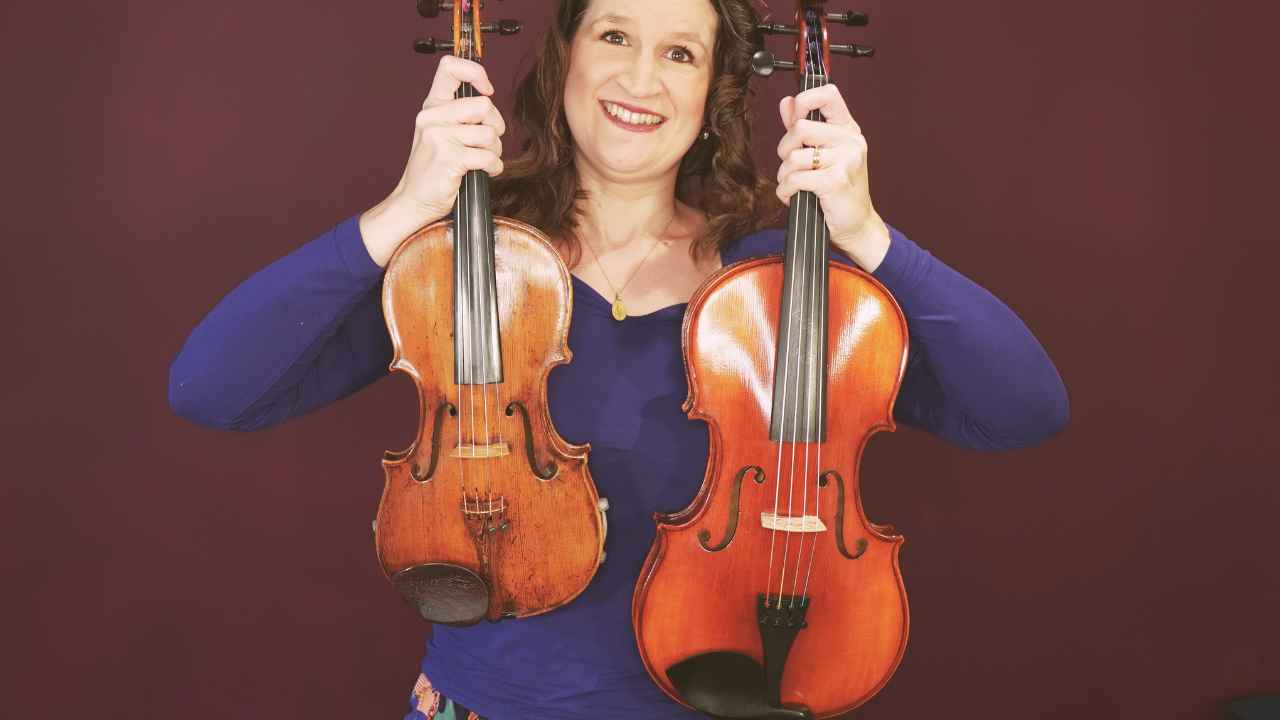
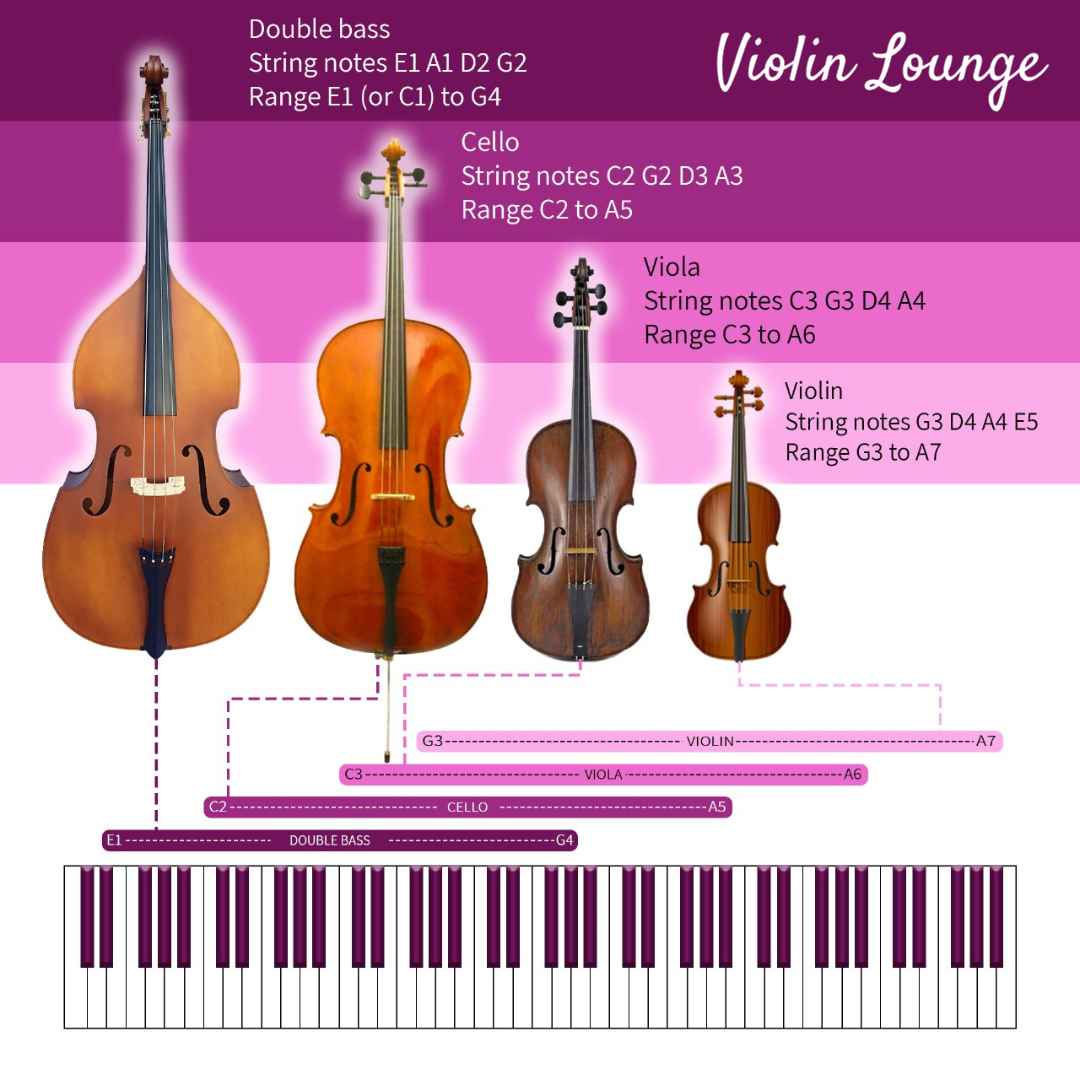
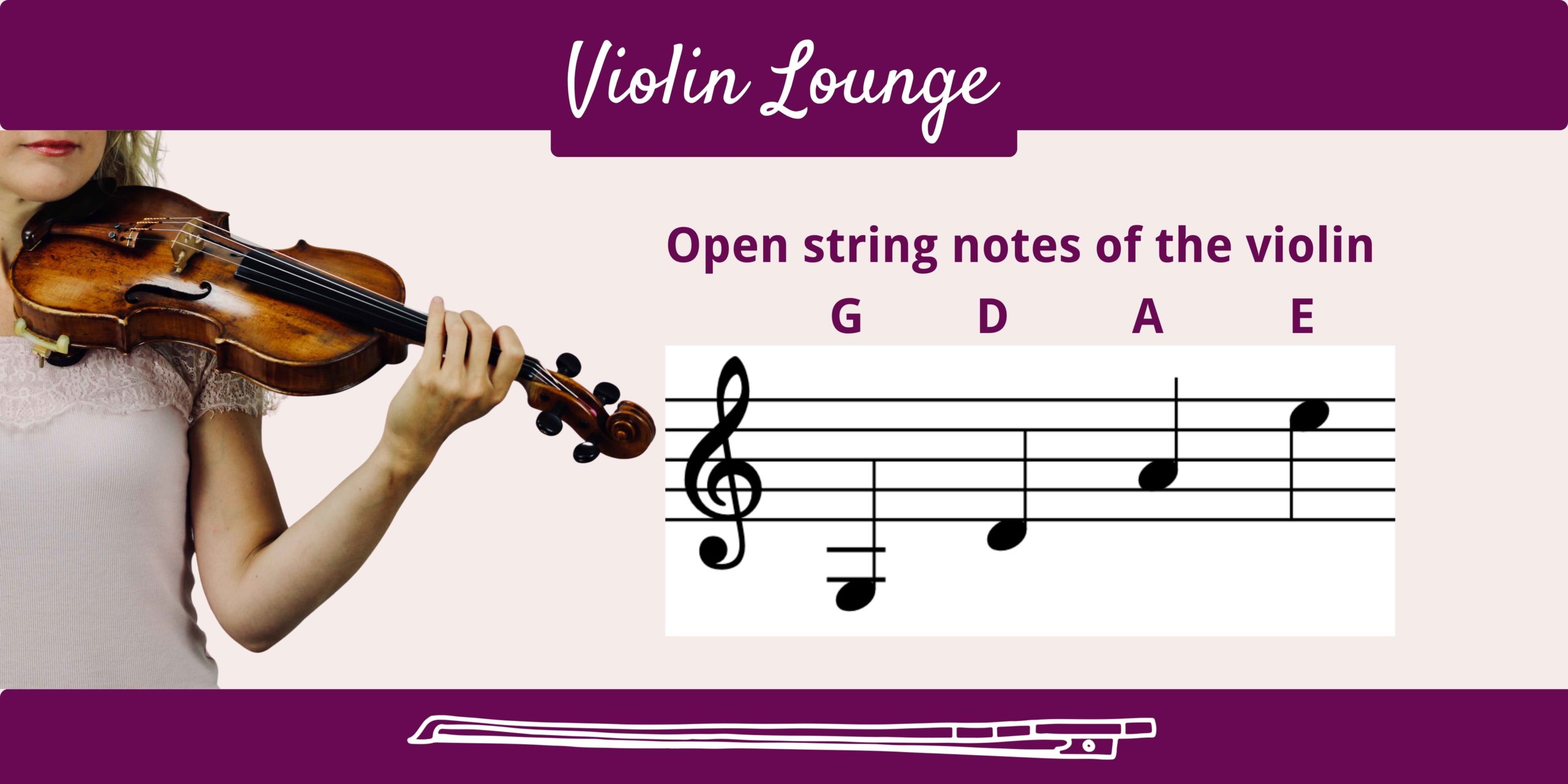
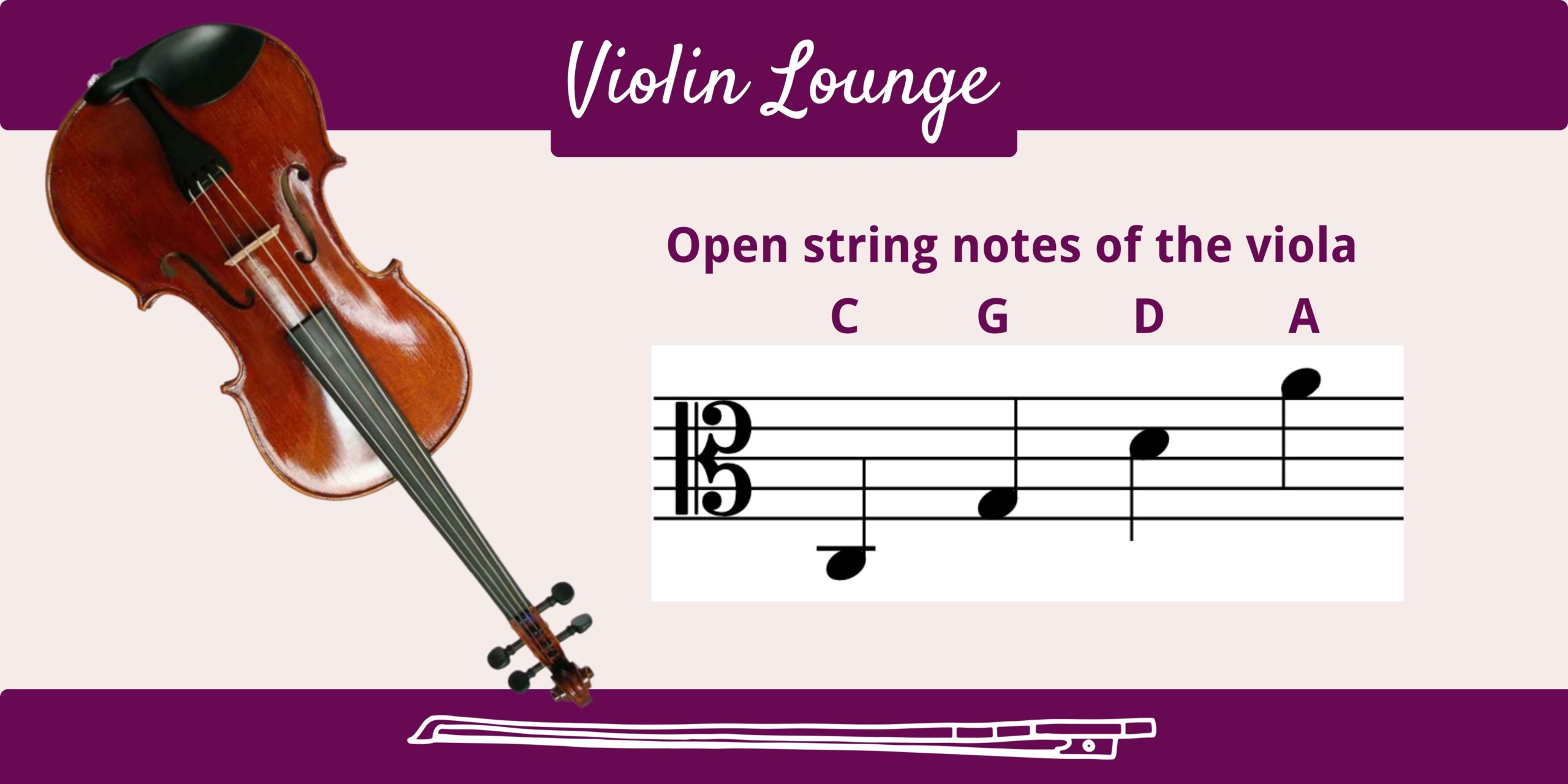
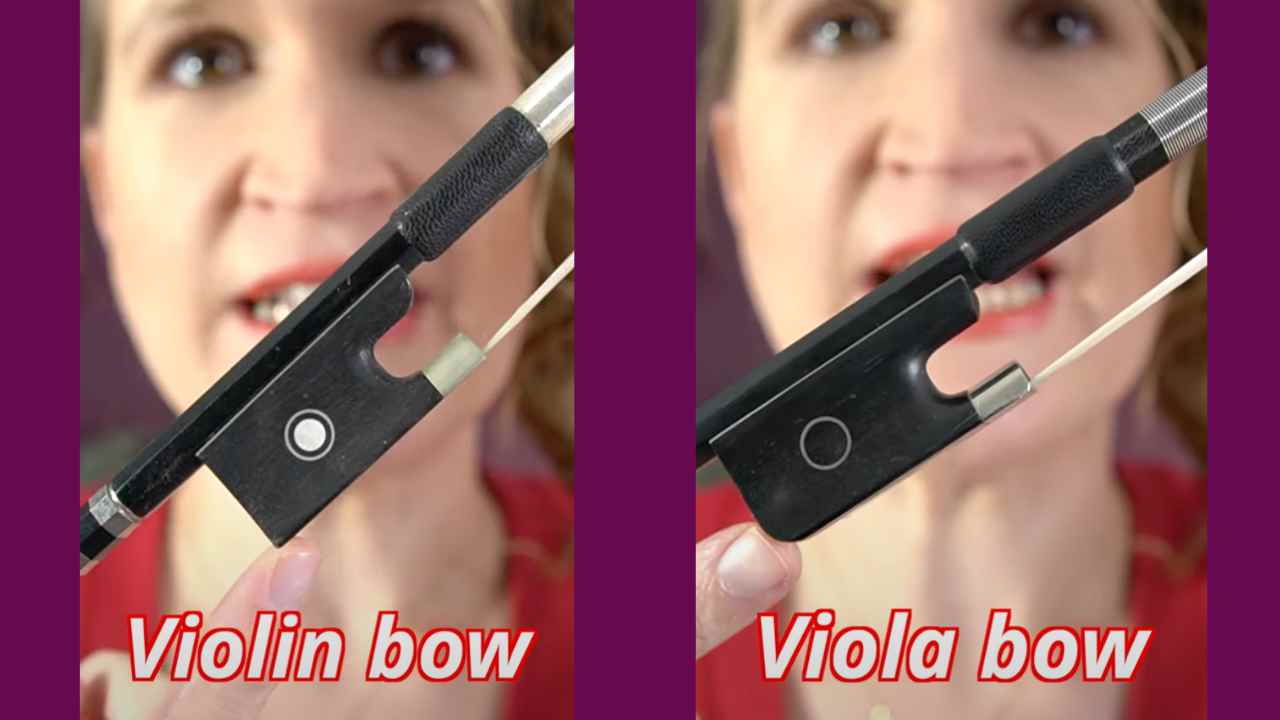
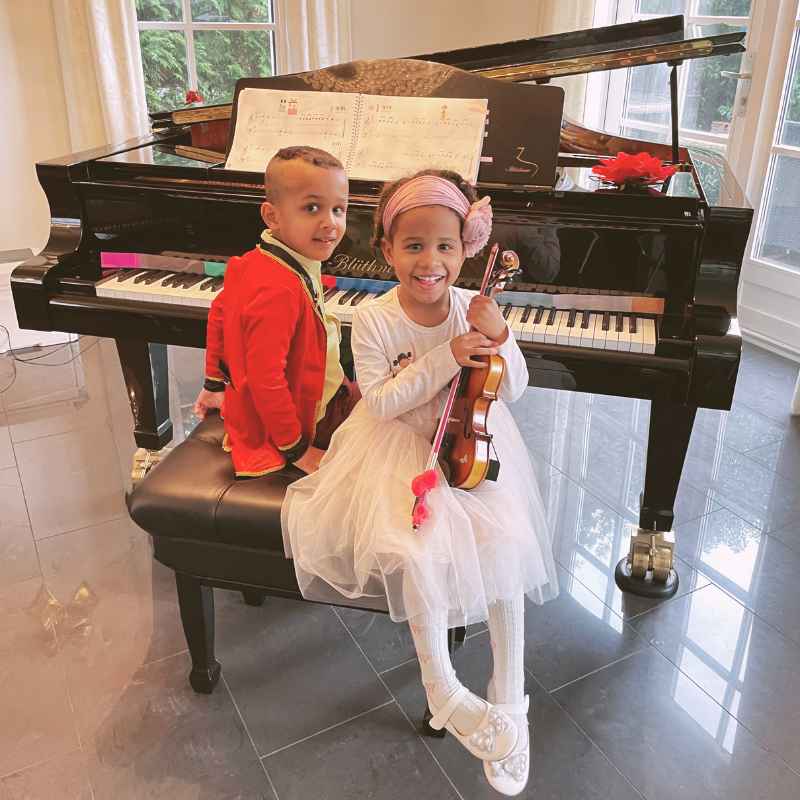

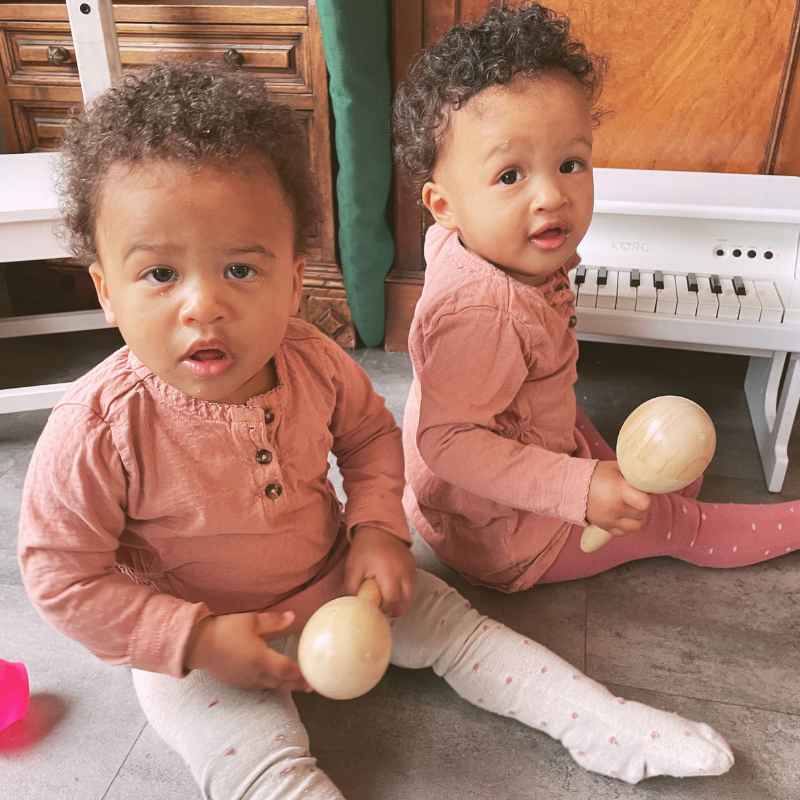
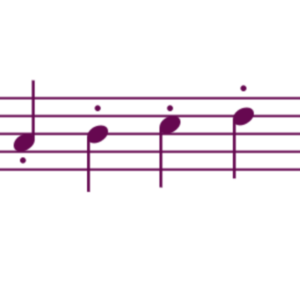 In sheet music, you will see staccato dots above the note but you probably won’t find the word collé written into the part. Rather, it is stylistically implied or might be an artistic choice. The finger/wrist action in collé gives a very strong articulation to the beginning of a short note so that it doesn’t get lost in the texture.
In sheet music, you will see staccato dots above the note but you probably won’t find the word collé written into the part. Rather, it is stylistically implied or might be an artistic choice. The finger/wrist action in collé gives a very strong articulation to the beginning of a short note so that it doesn’t get lost in the texture.